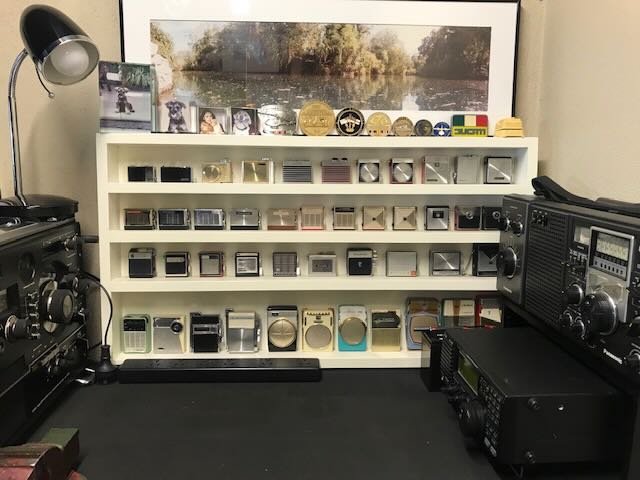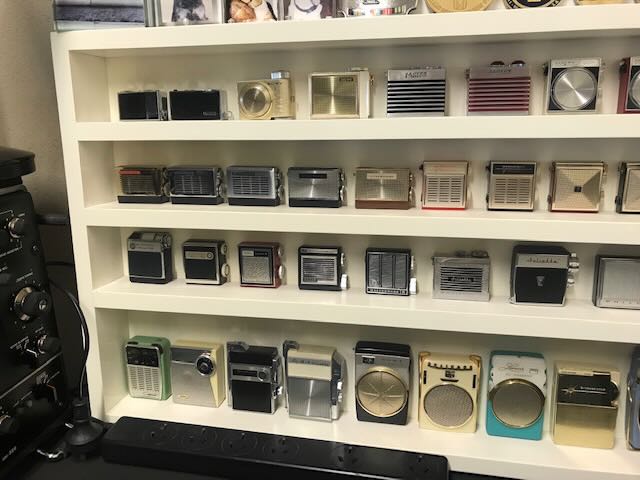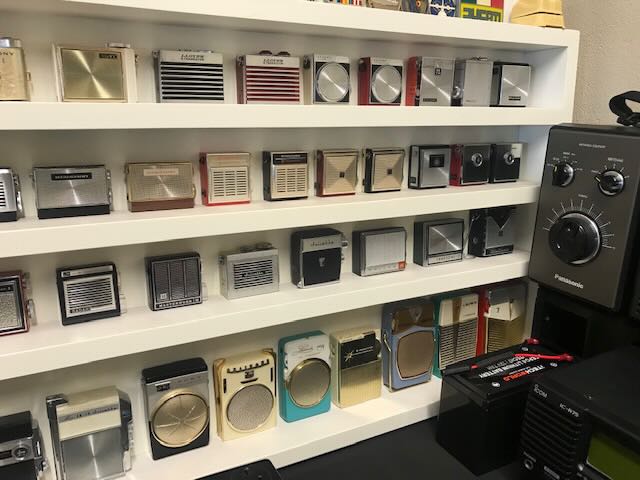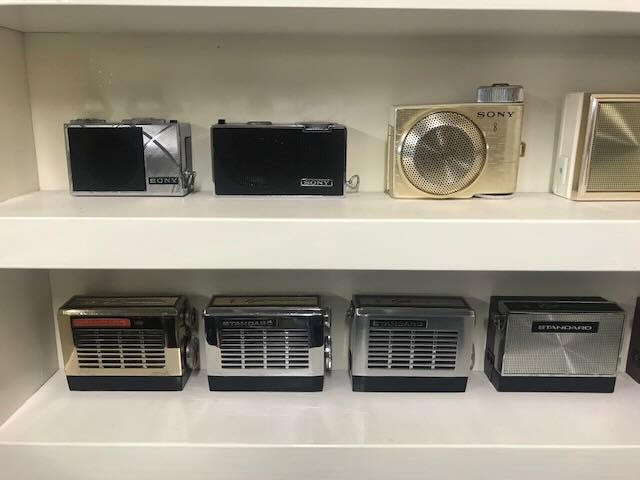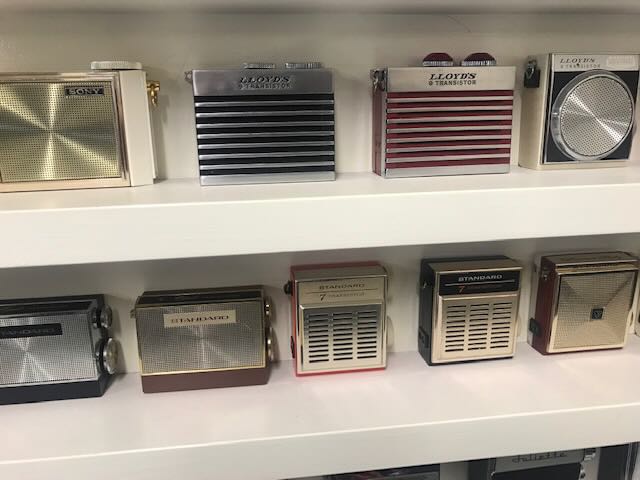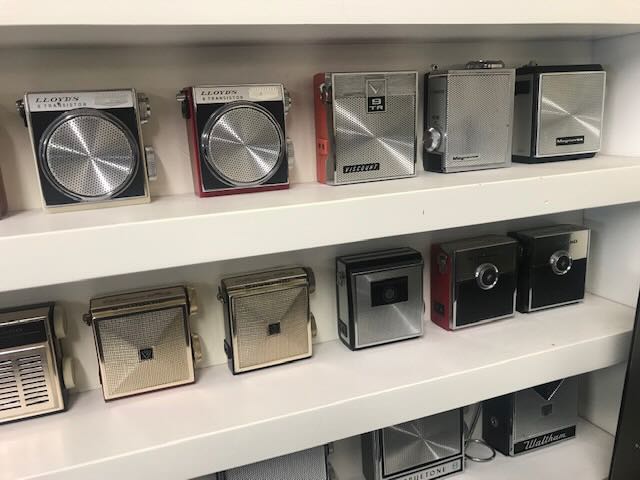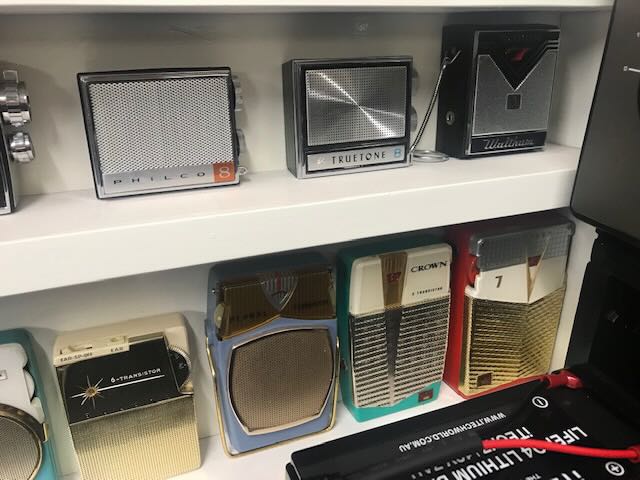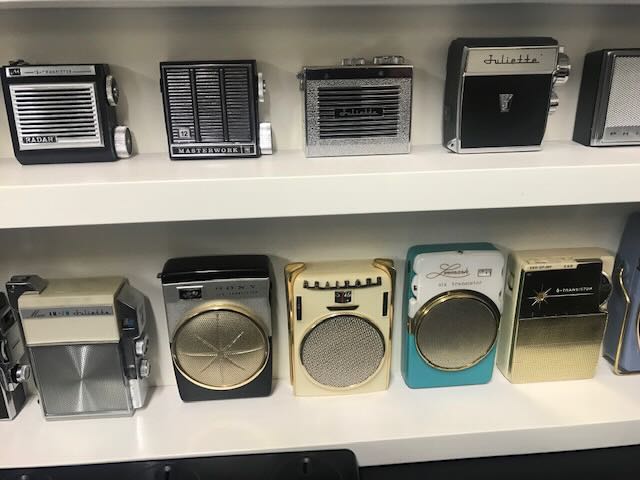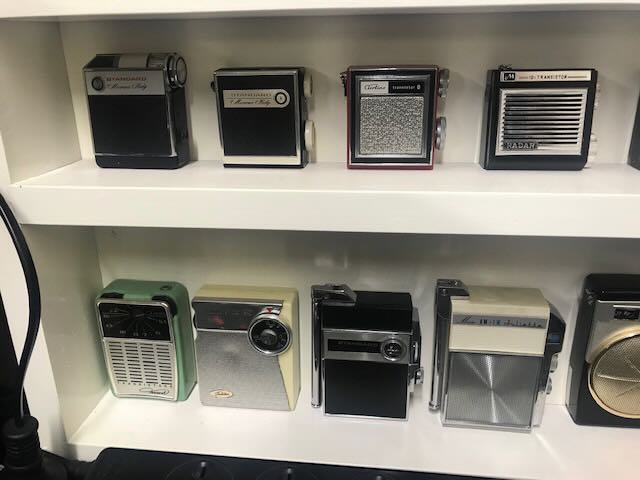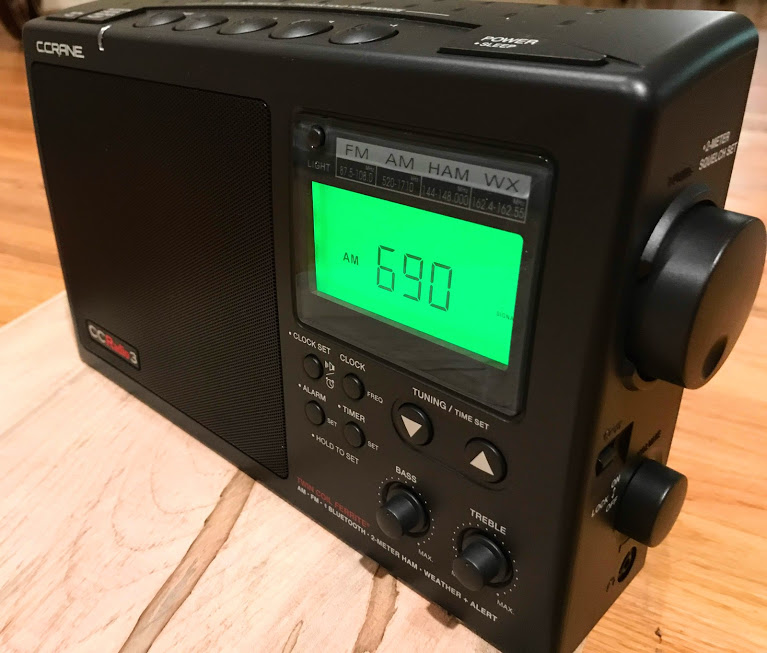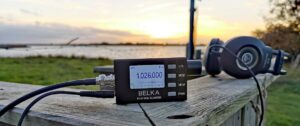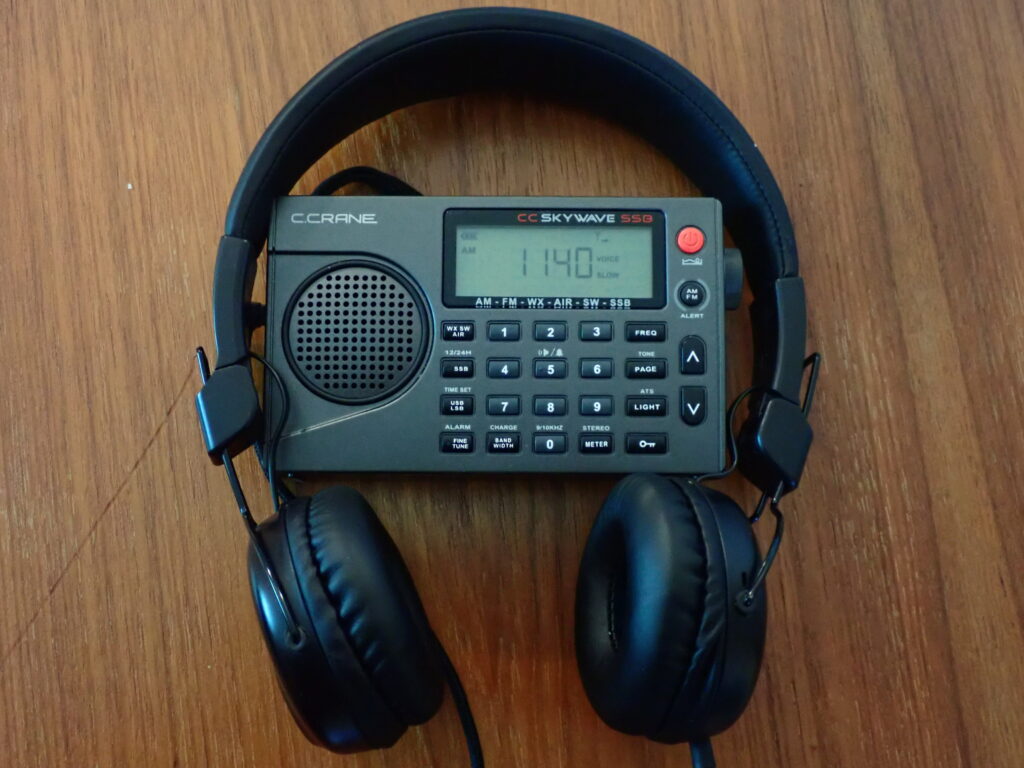
By Jock Elliott, KB2GOM
About 10 days ago, the Better Half and I visited my wife’s sister in Sodus, NY, a small town in the western part of the state near the shores of Lake Ontario.
First consideration when packing was – never mind the underwear and the toothpaste – what radios shall I take? I decided to go light . . . just a CCrane Skywave SSB and a Uniden BC125AT analog-only scanner.
In the predawn hours on a handful of mornings, I decided to see what I could hear on medium wave with the diminutive Skywave SSB. The Skywave is an “ultralight” radio – under 20 cubic inches in volume. Because the Skywave’s plastic case is so small, the ferrite antenna within it is very small . . . less than 3 inches long. It is by no means a huge antenna for grabbing signals.
It was Gary DeBock who pioneered ultralight DXing with tiny generally inexpensive radios. As a ham radio operator, he had worked 144 countries using a Heathkit 1-2 watt kit transmitter he had built. In the process, he learned a great deal about propagation.
In 2007, he decided to see what he could do with a cheap pocket radio, a Sony Walkman SRS 59. At 1 am on an autumn night from his home in Washington state, he put propagation and operating skill to work and heard three distant medium-wave stations: a couple from Japan and one from Korea. He posted his results on the internet in November, 2007, and he got a lot skeptical feedback: How could you possibly do this?
His response (in essence): Try it for yourself.
Some people did try for themselves; some with great success. One DXer from Canada logged 300 stations in 30 days. Interest in MW DXing with pocket-sized consumer radios took off, and ultralight DXing was born.
So, in the predawn hours in Sodus, NY, I decided to give ultralight DXing a try . . . barefoot . . . that means with no external antennas or signal boosters . . . just me kicked back in a recliner, the CCrane Skywave SSB, and a pair of headphones. Simple.
Before we proceed, you need to understand that my DXing style might charitably be described as “lazy.” Instead of laboriously turning the tuning knob, I use the seek function on the CCrane Skywave. I simply press and hold for a moment the up or down arrow and wait for the Skywave to stop at the next signal it detects. Then, if I feel that the signal might be enhanced by re-orienting the antenna with respect to the signal, I wiggle the Skywave around in my hand and listen for an improvement in what I am hearing through the headphones.
The results: I logged (among others) Atlanta, Georgia (493 miles) and Charlotte, North Carolina (588 miles) on the CCrane Skywave SSB with its tiny internal antenna. Also received: Boston, Philadelphia, New York City, Baltimore, and Toronto and a bunch of unknowns.
One afternoon, I decided to see what distant stations Skywave might receive during the daylight hours. I was kicked back in the recliner with headphones on, doing my usual, waving the Skywave around in the air to optimize the reception. My sister-in-law started laughing. She said I looked like a demented band leader, conducting a silent orchestra! I tried to assure her that my mental status was OK and that I was trying to optimize the signal. I’m not sure it worked.
But one thing is certain: barefoot ultralight MW DXing is fun. All you need is a tiny radio, a bit of darkness, a pair of headphones, and a willingness to be surprised.
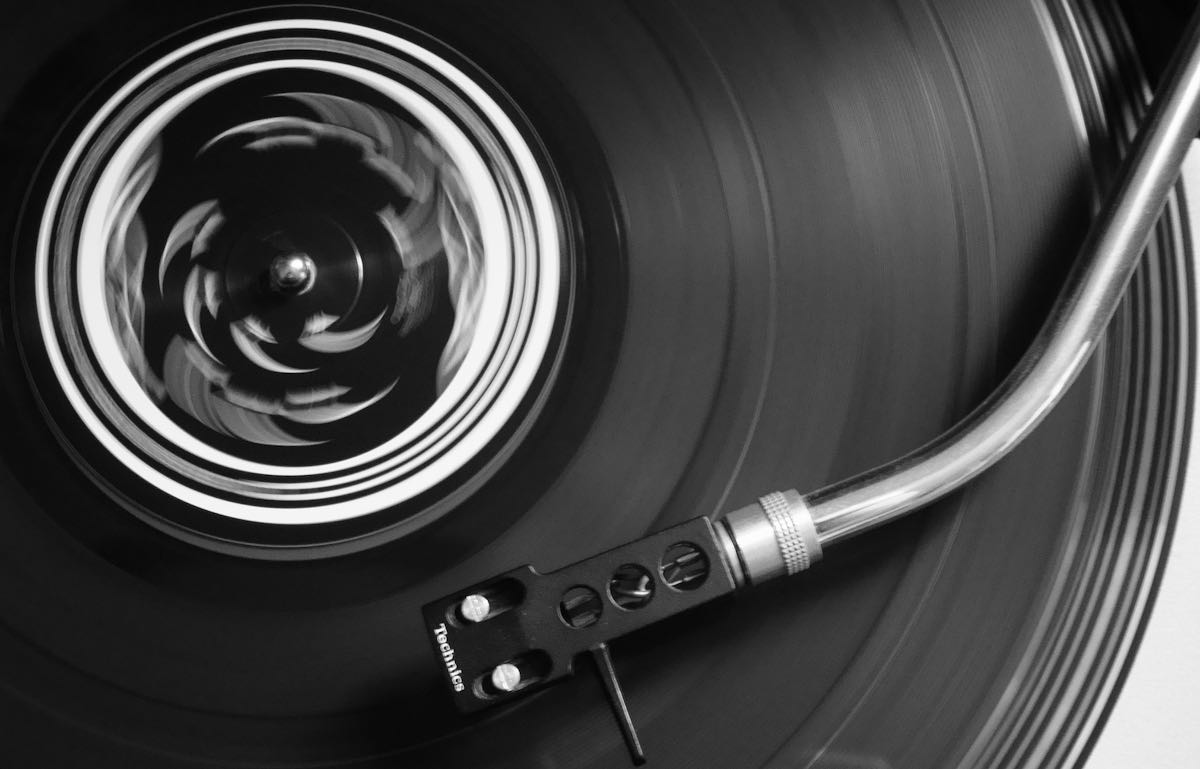 Many thanks to SWLing Post contributor, Alan Roe, who shares his A-23 (version 2) season guide to music on shortwave. Alan provides this amazing resource as a free PDF download:
Many thanks to SWLing Post contributor, Alan Roe, who shares his A-23 (version 2) season guide to music on shortwave. Alan provides this amazing resource as a free PDF download:

